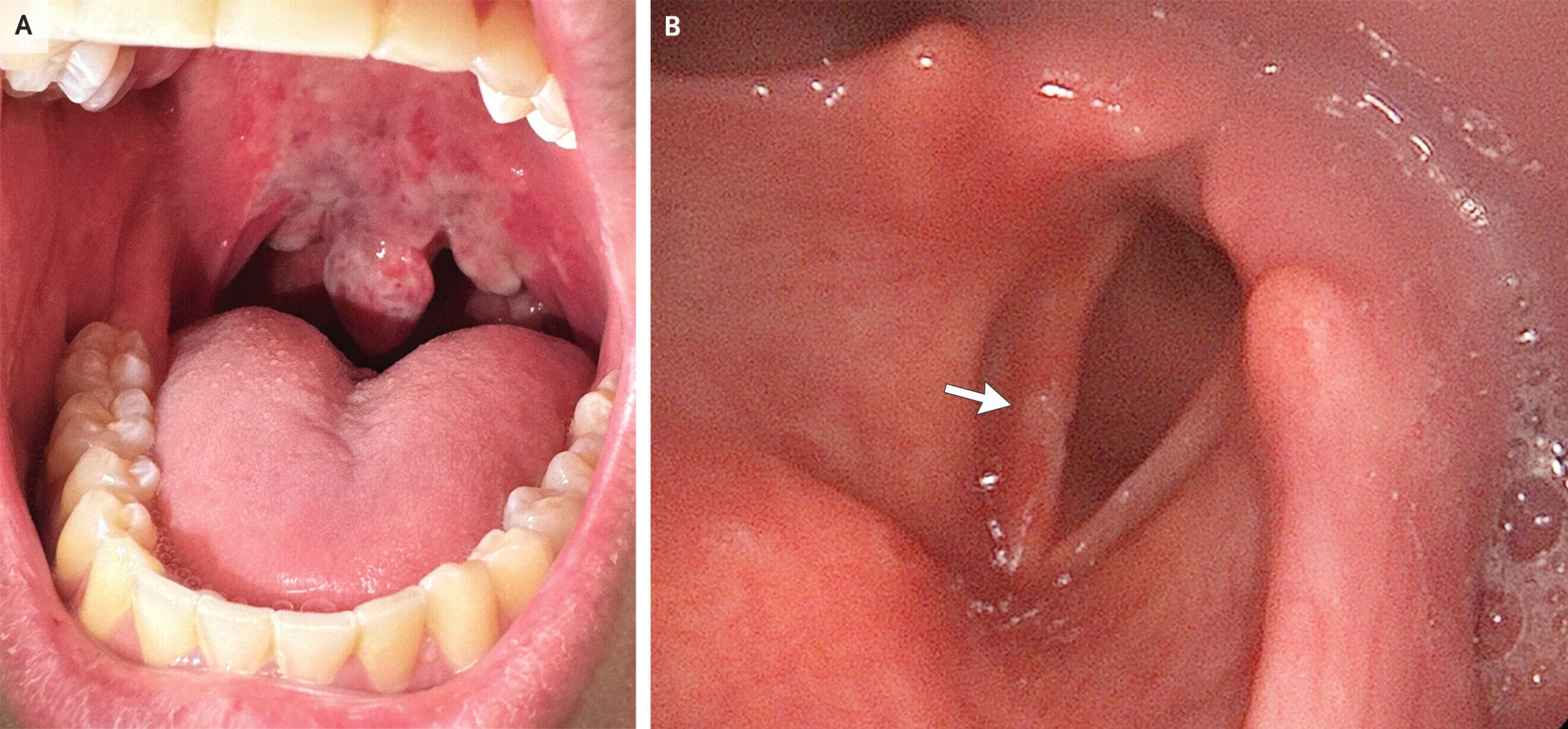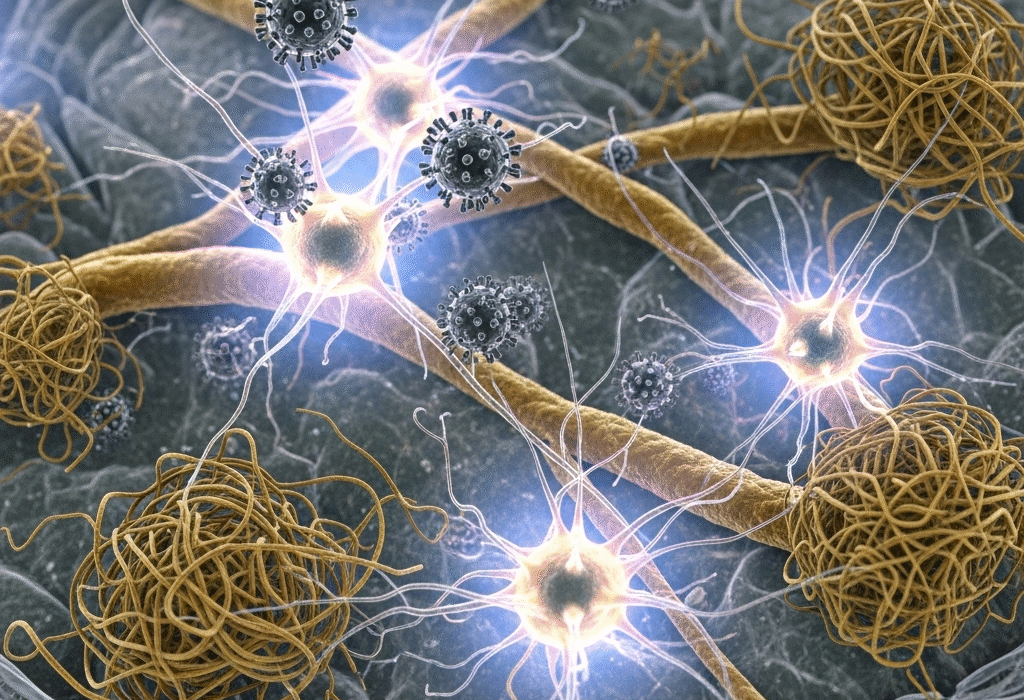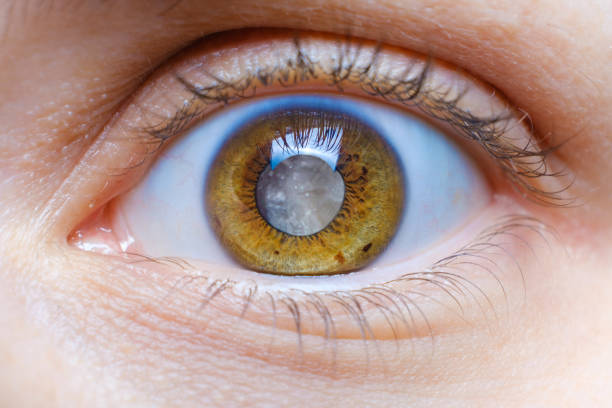The balloons look harmless—pastel blue, pink, or yellow, floating gently above the hands of concertgoers. But instead of helium, they’re filled with nitrous oxide, commonly called “laughing gas.” Outside Red Rocks Amphitheatre on a warm July evening, fans gathered before a jam-band show as tanks hissed and balloons traded hands.
For many, it was a moment of lighthearted fun. “It’s stupid, the dumbest drug of them all,” admitted one woman in her twenties as she inhaled a balloon and dissolved into laughter. For her, the woozy euphoria lasted less than a minute before fading away.
But behind this fleeting high lies a growing health concern. Nitrous oxide, widely available in small metal canisters known as “whippets,” powers whipped cream dispensers and serves as a sedative in dental offices. Yet inhaling it for fun—often in crowded parking lots or at house parties—has surged in popularity, raising alarms among doctors, public health experts, and even musicians themselves.
From the Dentist’s Chair to the Parking Lot
In medicine, nitrous oxide has a long history. Dentists rely on it to calm anxious patients, and hospitals use it in controlled doses as part of anesthesia. In the kitchen, it’s used to pressurize whipped cream. But in both cases, the gas is carefully regulated.
At concerts, however, control vanishes. Vendors arrive with 20- or 30-pound tanks in the trunks of their cars, selling balloons for $10 to $30 apiece. The scene has become especially entrenched in jam-band culture—from Phish to Dead & Company—where the presence of “hippie crack,” as it’s nicknamed, is as common as tie-dye shirts and glow sticks.
“It cuts through everything,” said Denver musician Khalil Simon, whose brass band once played in parking lots before shows. “When there are 20 tanks going at once, even a wall of horns can’t compete.” For Simon, the sound and the culture became so overwhelming that his group stopped performing at Phish shows altogether.
The Illusion of Harmless Fun
Part of nitrous’s appeal is its reputation as a “safe” drug. After all, it’s not an opioid, nor is it associated with the grim specter of overdose that haunts fentanyl or heroin. Instead, users report a brief rush, a distorted sense of sound, and a feeling of weightlessness that vanishes almost as quickly as it arrives.
But health experts caution that this perception is dangerously misleading. “There’s no safe way to use nitrous oxide recreationally,” said Dr. Shireen Banerji, director of Rocky Mountain Poison & Drug Safety. “At best, you’re depriving your brain of oxygen. At worst, you’re risking seizures, frostbite injuries, and even death.”
Studies confirm the risks. Inhaling nitrous directly from canisters or tanks can freeze delicate tissues in the mouth and throat, a phenomenon sometimes called “lung freeze.” Heavy use can also deplete the body of vitamin B12, leading to anemia, nerve damage, and in extreme cases, paralysis.
Between 2019 and 2023, U.S. deaths linked to nitrous oxide abuse more than doubled, while emergency room visits tied to inhalants rose by nearly one-third. Doctors fear these numbers still underestimate the true scope, since nitrous use is often hidden, quick, and combined with other drugs.
A Trend Fueled by Social Media
The rise of nitrous is not confined to parking lots anymore. Platforms like TikTok and Instagram are filled with videos of users inhaling from balloons, their voices warping as the dense gas drops the pitch of their laughter. Some brands, such as Galaxy Gas and ExoticWhip, now market canisters with candy-colored labels and flashy packaging, making them look more like party favors than a potential medical hazard.
The U.S. Food and Drug Administration issued fresh warnings this year, pointing to growing reports of addiction and neurological damage. Still, online sales remain rampant, with users openly discussing bulk purchases of tanks on Reddit and sourcing from Amazon, eBay, and head shops.
Kyle Manibusan, who manages a Denver shop that sells nitrous chargers, admitted that sales are up. While he advises customers to be responsible, he’s troubled by reports of empty canisters littering parks and playgrounds. “We only sell to people over 21, but you can’t control where it ends up,” he said.
Policing the Balloons
Enforcement around nitrous use has proven inconsistent. At Red Rocks, police rarely intervene, despite city laws prohibiting the inhalation of any toxic vapor for intoxication. At a recent Phish run at the University of Colorado, however, officials seized more than 60 tanks. Still, many concertgoers say the balloons remain impossible to avoid.
For some, the dominance of nitrous is reshaping concert culture itself. What once felt like a festive marketplace of tie-dye shirts, hand-crafted jewelry, and busking musicians has shifted, some argue, into a scene dominated by balloon vendors. “This is one of those cases where drug dealers win,” said Simon. “They’ve been at it for years, multiplying, and the cops don’t stop it.”
More Than Just a Buzz
Medical experts worry most about the long-term effects. Even moderate users may experience neurological symptoms, from numbness in the hands and feet to memory problems. Heavy, chronic users risk irreversible damage to the spinal cord and brain. Yet many young people experimenting with nitrous see it as little more than a harmless laugh.
A government employee interviewed outside Red Rocks described it as “dumb fun,” something she and her friends left behind in the parking lot before entering the show. Another fan admitted she used nitrous alongside cannabis and psychedelics, dismissing warnings with a shrug.
Doctors, however, warn against that attitude. “It’s not harmless,” Banerji emphasized. “The fact that the high is short-lived doesn’t make it safe.”
A Crossroads for Public Health
The story of nitrous oxide’s resurgence mirrors other drug trends—first dismissed as fringe, then amplified by social media and marketing, until health consequences force the public to take notice. While vaping rates among teens have dropped thanks to awareness campaigns, inhalant use—including nitrous—remains poorly understood and under-regulated.
For now, the balloons will continue floating through concerts, filled with giggles, music, and risk. To most, they symbolize a fleeting moment of joy. But behind each breath lies a reminder: sometimes the “dumbest drug of them all” may carry consequences far greater than a temporary laugh.
More information: Michael Patrizio et al, Frostbite Injury from Inhaled Nitrous Oxide Use, New England Journal of Medicine (2025). DOI: 10.1056/NEJMicm2502232






